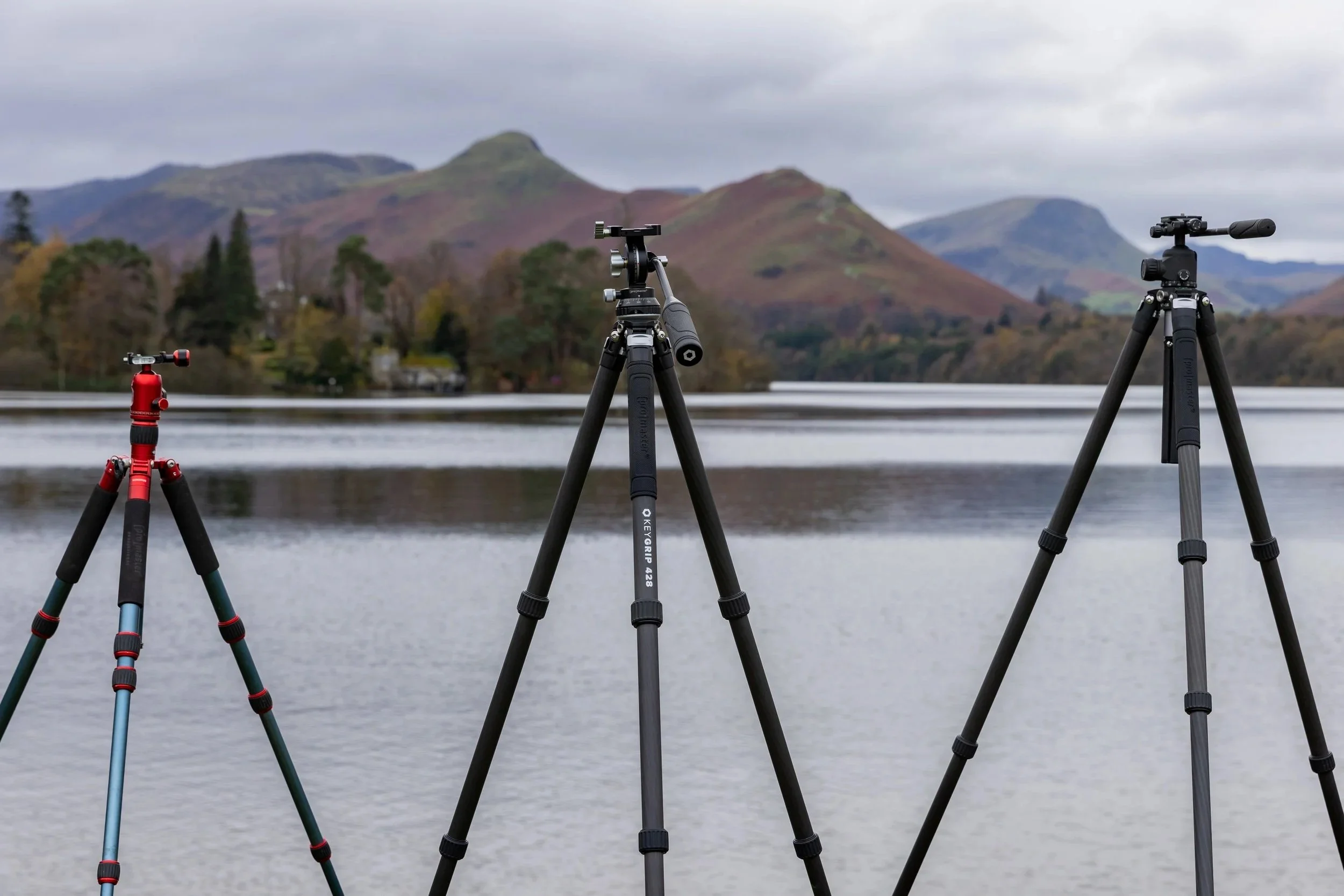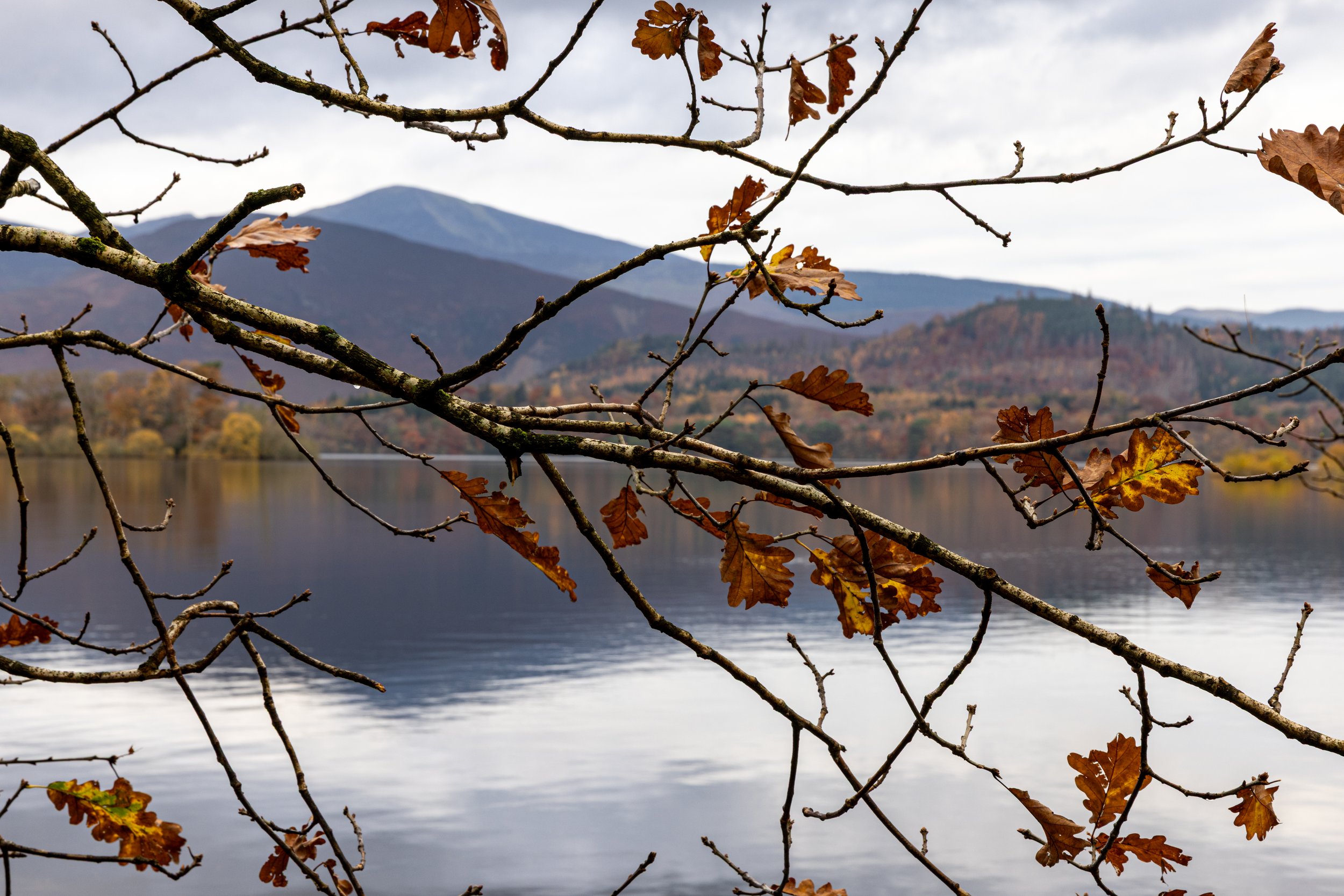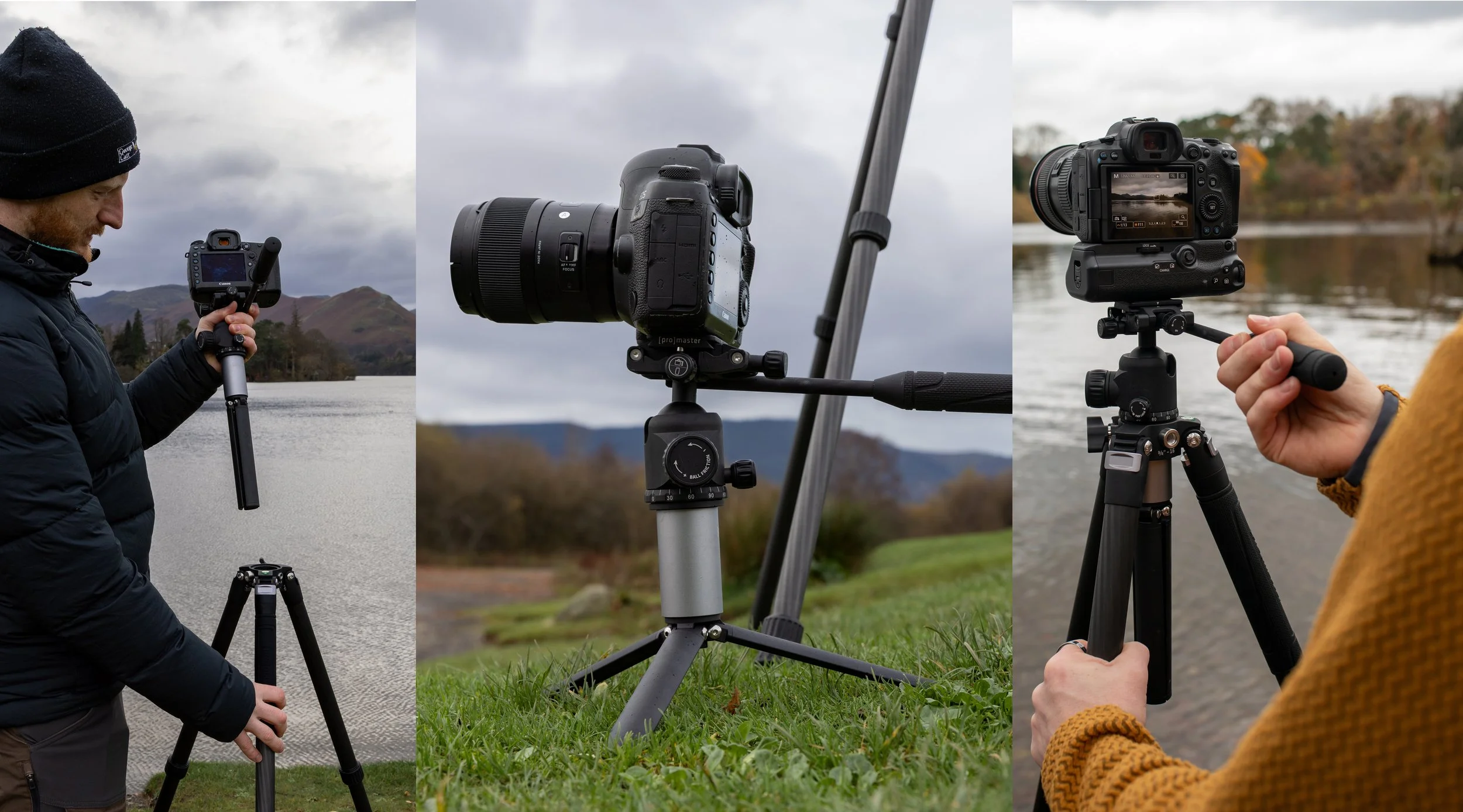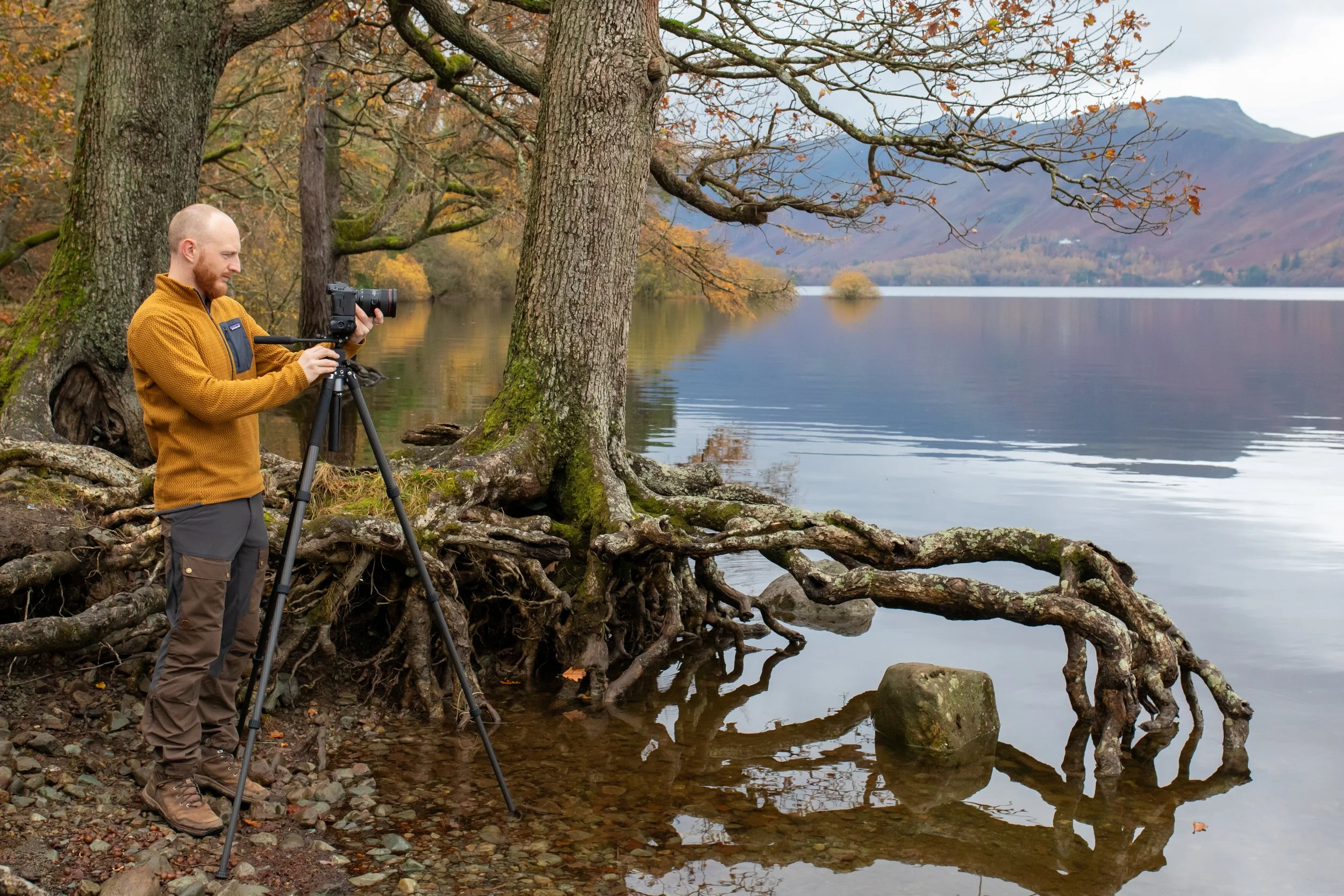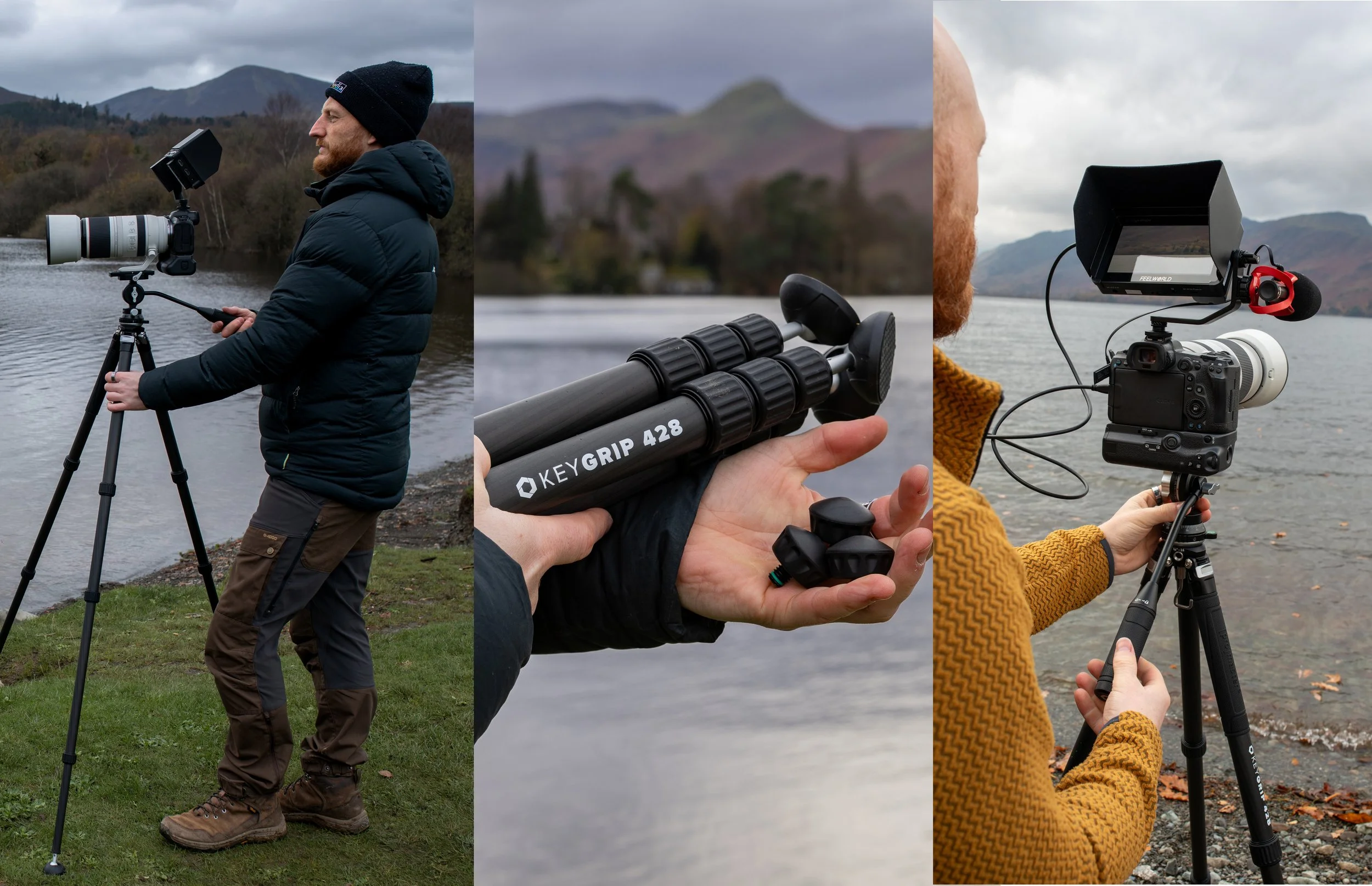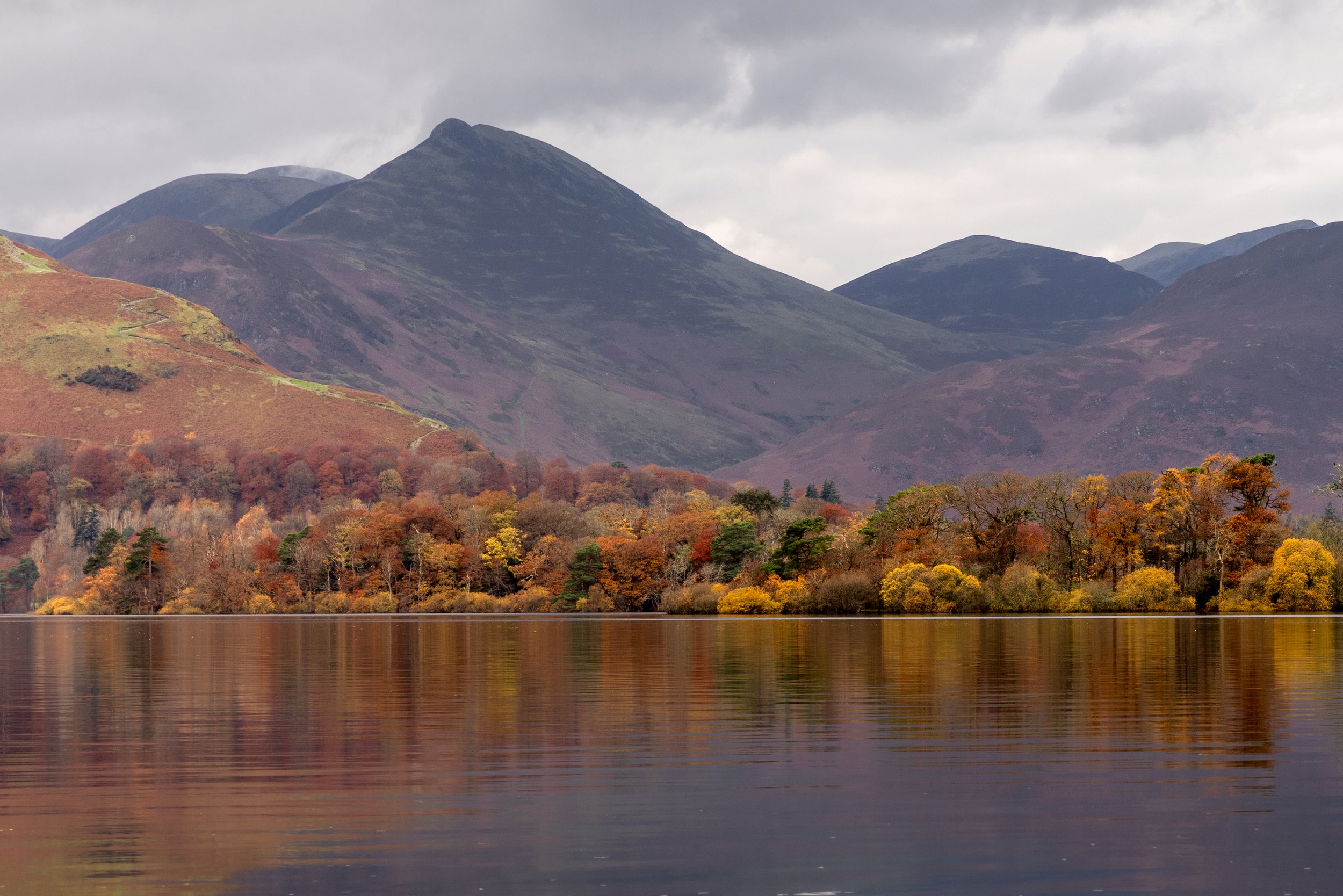Anchored in Autumn: Capturing Landscapes with ProMaster Tripods
Autumn (or Fall, if you’re reading this from across the pond) is one of my favourite times to be out with a camera. Golden leaves, crisp mornings and the low angle of the sun create the perfect conditions for capturing colour, texture and reflections.
The XC-525 has been my go-to tripod for years, and there’s a reason it’s travelled with me across Australia, Canada and Mexico. It’s compact enough to throw in a backpack, yet sturdy enough to handle unpredictable weather, shifting terrain, and those long lens moments where stability is everything. When you’re traveling light and moving fast, its ease of use is invaluable. There’s a new version of the tripod available now, the XC-M 525K, which promises to perform just as well as the predecessor.
For this project, I had the chance to test two of ProMaster’s newer tripods in the field: the Chronicle Carbon Fiber and the Key Grip Carbon Fiber. Each tripod brought something different to the shoot, helping me achieve both creative and practical goals.
Tripods might seem like simple pieces of kit, but they’re the difference between a fleeting idea and a frame you can be really proud of. From weddings and fast paced events to quiet mornings in the wild, I’ve learned that the right support changes how you approach a shoot, giving you the freedom to focus on light, composition and storytelling.
Chronicle Carbon Fiber: “The Workhorse”
If there’s one tripod that has earned a permanent place strapped to my camera bag, it’s the Chronicle Carbon Fiber. This is now my ‘workhorse’, the tripod I trust for everything from stunning early morning sunrises to fast paced commercial shoots. It’s packed with features, incredibly adaptable and robust thanks to its carbon fiber construction. When gear weight isn’t a concern and I want maximum capability, this is the tripod I reach for.
Why It’s the Workhorse
Flexor Center Column System - transforms the Chronicle from a full sized tripod to a monopod, a tabletop tripod, or even a handheld video grip… all in one piece of kit.
Carbon Fiber Build - tough, dependable, and lightweight enough to carry all day without feeling burdened.
Quick Ball Head Flip for Phone Mode - perfect for switching into BTS mode or grabbing quick social content.
Independent Leg Angles and Bubble Levels - rock solid stability and quick to level perfectly.
Removable Smooth Control Handle - ideal for subtle pans or quick repositioning for both stills and video.
In the Field
What makes the Chronicle so valuable is its versatility. One moment it’s fully extended for a wide scene across Derwentwater in the Lake District; the next, I’ve got it dropped to ground level capturing reflections, and those intimate details that make autumn special. The ability to convert it to a tabletop setup or monopod also comes in handy far more often than you’d expect, whether it’s stabilising a lens during an event, shooting macro indoors, or filming a quick video for socials.
This tripod encourages creativity because it never feels like it’s holding you back. It’s stable, adaptable, and ready for any environment. I’ve used it on landscape shoots, wildlife days and commercial jobs, and it’s handled everything with the same confidence and reliability. When I’m heading out and want to know I can photograph anything, the Chronicle is now the one that comes with me.
Key Grip Carbon Fiber: “The Storyteller”
The Key Grip Carbon Fiber is the tripod for moments where movement matters. Whether it’s gentle panning over autumn reflections, capturing the soft motion of morning mist, or filming fast, erratic birds in flight, this tripod keeps every shot smooth and cinematic.
Standout Strengths
Fluid pan tilt head with removable control handle - makes smooth, controlled movements effortless, perfect for both cinematic nature clips and fast action wildlife.
Built in leveling base - keeps horizons true even on rocky lakesides or uneven terrain.
Changeable tripod feet - the tripod comes with 50mm self-leveling feet installed. Swap in the include flat feet for a better option on rough or uneven terrain or soft spikes (sold separately) for muddy or soft ground.
Integrated hex key storage - a built-in compartment in the handle keeps adjustments quick and tools close by.
Lightweight yet rock solid - carbon fiber is a stable platform for video and stills.
In the Field
The Key Grip isn’t just about keeping the camera steady, it’s about enabling movement that tells a story. As a filmmaker working across wildlife, nature, and commercial projects, having a tripod that combines stability with smooth, seamless panning is essential to achieving cinematic shots.
Its fluid pan tilt head, changeable feet, and built in leveling base allow every shot to feel intentional, letting me focus on framing the story rather than wrestling with gear.
With the Key Grip, each tripod session becomes an opportunity to craft narrative and mood, making it an indispensable tool for storytelling in both video and stills.
Final Thoughts: Stability Meets Creativity
From the travel ready XC-M 525K, to the all round workhorse Chronicle, and the cinematic storytelling power of the Key Grip, ProMaster’s tripods show just how much the right support can elevate your shooting. Tripods may look like simple sticks with legs, but in practice they’re often the unsung heroes behind great images and footage.
I’m consistently impressed with all ProMaster gear, every new piece seems to raise the bar, from build quality to usability, they don’t just keep my camera steady; they genuinely support my creative process.
Choosing the right tripod ultimately depends on what you’re looking to achieve, whether it’s lightweight travel flexibility, all round versatility, or smooth, cinematic motion. But with any of these three, you know you’re getting reliable, thoughtfully designed gear that gives you the confidence to get out, explore and create.
George Carr
From Australia’s vibrant wildlife and marine ecosystems to Canada’s rugged wilderness and iconic large mammals, George has honed his skills across a range of photography disciplines, including landscapes, wildlife, and underwater imagery.


